Raspberry Pi Model A+ Handleiding
Raspberry Pi
Niet gecategoriseerd
Model A+
Bekijk gratis de handleiding van Raspberry Pi Model A+ (4 pagina’s), behorend tot de categorie Niet gecategoriseerd. Deze gids werd als nuttig beoordeeld door 39 mensen en kreeg gemiddeld 4.9 sterren uit 20 reviews. Heb je een vraag over Raspberry Pi Model A+ of wil je andere gebruikers van dit product iets vragen? Stel een vraag
Pagina 1/4

Control wireless mains sockets with Arduino and
Raspberry Pi
Posted by stuartChilds on Tue, Jan 13 2015 16:39:00
LightwaveRF (LWRF) is a range of switches, dimmers and other home automation hardware
that is widely available in the UK and further afield, sometimes sold under other brands such
as Siemens. They are affordable units that are easy to work with.
Working with off shelf products, such as remotely switchable mains sockets, means that -the-
we can concentrate on control without having to deal with mains voltages directly.
A set of 3 switchable mains sockets can be bought for around £20 including a remote that –
appears to be compatible with up to 16 switches in total. Here we will replace this remote with
our own wireless hardware, so that we can have programmable control.
The LightwaveRF protocol
One great thing about the LWRF protocol is that it fairly simple and has already been reverse
engineered by people looking to build their own home automation systems. This means that
we can use readily available libraries and examples to quickly interface a microcontroller or
computer with the hardware.
The LWRF system operates on 433 MHz and uses simple On/Off Keying (OOK) modulation,
whereby the carrier is turned on and off to transmit information. Low cost transmitter modules
suitable for use with Arduino and Raspberry Pi are commonly available.

Arduino control
Hardware required:
• Arduino (any AVR based model)
• Prototyping breadboard
• 433 MHz transmitter module
• Jumper wires
• LWRF mains socket
First we will connect the radio module.
• The QAM- -TX1 433 module has 4 pins:
• – ANT (Antenna) a 174mm length of solid core wire makes for a suitable antenna.
• – VCC 5v from Arduino.
• – DATA Arduino pin 3 for the unmodified 'lwsend' sketch.
• – GND ground connection to the Arduino board.
We'll be using the excellent written by Lawrie Griffiths. Add this to your LightwaveRF library
Arduino libraries folder and upload the 'lwsend' example to your Arduino.

Now open the serial monitor and try sending '1' or '0' to the Arduino. If this looks to be
working, try pairing the Arduino to the LWRF socket by putting the socket in 'pairing mode'
(see the supplied instructions) and sending '1' over the serial monitor to the Arduino, so that
the 'on' command is sent.
The 'lwsend' sketch is pre configured to transmit compatible LWRF on/off control signals. If -
the pairing was successful you should now be able to turn the socket on and off with your
Arduino.
Raspberry Pi control
Hardware required:
• Raspberry Pi (any model)
• Prototyping breadboard
• 433 MHz transmitter module
• Jumper wires
• LWRF mains socket
The same wireless module (QAM- -TX1 433) is used in much the same way we did with the
Arduino:
• – ANT (Antenna) a 174mm length of solid core wire makes for a suitable antenna.
• – VCC 5v from Raspberry Pi.
• – - DATA Pin 12 on connector P1for the unmodified lightwaverf pi 'send' program.
• – GND ground connection to the Raspberry Pi.
Product specificaties
| Merk: | Raspberry Pi |
| Categorie: | Niet gecategoriseerd |
| Model: | Model A+ |
| Breedte: | 66 mm |
| Diepte: | 56 mm |
| Hoogte: | 14 mm |
| Frequentie van processor: | 700 MHz |
| Processormodel: | ARM1176JZFS |
| Ethernet LAN: | Nee |
| Compatibele geheugenkaarten: | MicroSD (TransFlash) |
| Aantal USB-aansluitingen: | 1 |
| USB-versie: | 2.0 |
| Intern geheugentype: | SDRAM |
| Maximum intern geheugen: | - GB |
| Stroomvoorziening via USB: | Ja |
| Wifi: | Nee |
Heb je hulp nodig?
Als je hulp nodig hebt met Raspberry Pi Model A+ stel dan hieronder een vraag en andere gebruikers zullen je antwoorden
Handleiding Niet gecategoriseerd Raspberry Pi

23 November 2023

23 November 2023

23 November 2023

23 November 2023

23 November 2023

23 November 2023

23 November 2023

23 November 2023

23 November 2023

23 November 2023
Handleiding Niet gecategoriseerd
- Consul
- DJI
- Draper
- Trotec
- NICEDACK
- Pulox
- PetRhein
- QuickCool
- Sunstech
- Highpoint
- Hover-1
- Tescoma
- Fibaro
- EZ Dupe
- Sound Machines
Nieuwste handleidingen voor Niet gecategoriseerd
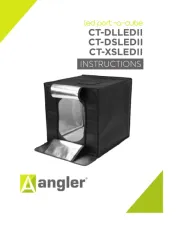
18 September 2025
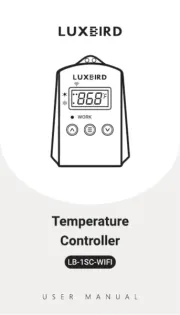
18 September 2025
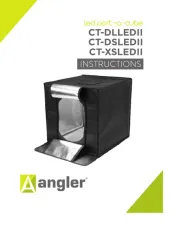
18 September 2025

18 September 2025

18 September 2025

18 September 2025

18 September 2025
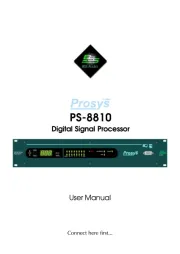
18 September 2025

18 September 2025
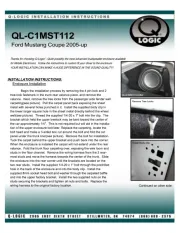
18 September 2025